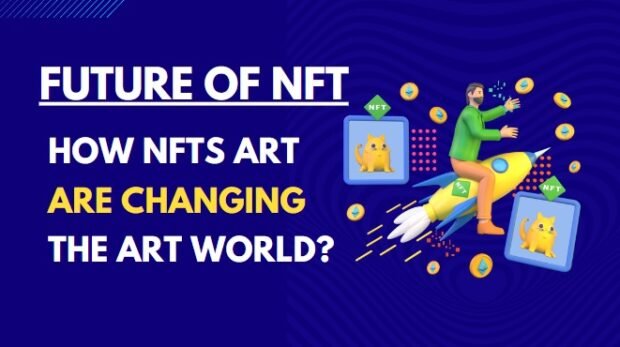
Please enter and activate your license key for Coins MarketCap plugin for unrestricted and full access of all premium features.
Crypto News
Forex Market
Stock Market
TOP 10 GAINERS
Please enter CoinMarketcap Api Key to get this plugin works
TOP 10 LOSERS
Please enter CoinMarketcap Api Key to get this plugin works
TOP 15 COINS
| Name | Price |
|---|---|
Bitcoin(BTC) | $98,862.05 |
Ethereum(ETH) | $3,193.33 |
Tether USDt(USDT) | $1.00 |
XRP(XRP) | $2.30 |
BNB(BNB) | $920.80 |
Solana(SOL) | $143.26 |
TRON(TRX) | $0.292228 |
Dogecoin(DOGE) | $0.163109 |
Cardano(ADA) | $0.53 |
Chainlink(LINK) | $14.40 |
Avalanche(AVAX) | $15.95 |
Shiba Inu(SHIB) | $0.000009 |
Toncoin(TON) | $1.97 |
Polkadot(DOT) | $2.84 |
Polygon (prev. MATIC)(POL) | $0.164985 |
All Topics
CMC
- What Crypto Will Boom in 2025: Zero Knowledge Proof (ZKP) Leads as Solana, Polygon, & Avalanche Drive Adoption
- Top Performing Cryptos: Zero Knowledge Proof, Uniswap, Mantle & Aster Driving Market Growth
- Analysts Rank Zero Knowledge Proof (ZKP) Ahead of XRP, Bitget Token, and OKB as Top Presale Crypto
Press Release
- Australia’s Premier Crypto Event Returns for 2025: AusCryptoCon Set to Transform Sydney This November
- AIR Summit 2026: WHERE ARTIFICIAL INTELLIGENCE POWERS THE NEXT WAVE OF INNOVATION
- Bahrain Powers the Next Wave of Financial Innovation: Fintech Revolution Summit 2026 Announced in Manama
Sponsored Articles
- Dogwifhat and Dogecoin Lead 2025 Meme Markets as BullZilla Turns Presale Into a Case Study for Top Meme Coins to Buy and Hold
- Ripple and SUI Show Strong Momentum While BullZilla Positions Itself at the Top of New Cryptos to Buy
- Uniswap & Toncoin Dip, Unstaked Hits $6.8M Presale
Newsletter
Stay Up To Date, It's Free!
About Coinlineup
CoinLineup is a specialized platform dedicated to empowering investors with the knowledge and tools needed to succeed in both the financial stock market and the crypto market. Our primary focus is to provide comprehensive market insights by delivering real-time and historical data, solid investment strategies, and trading tips. We aim to equip investors with accurate information, allowing them to make well-informed decisions in their financial endeavors.
Site Links
Sources Links
Copyright 2024 coinlineup.com. Crypto, Stocks, and Forex – All in One Place.











